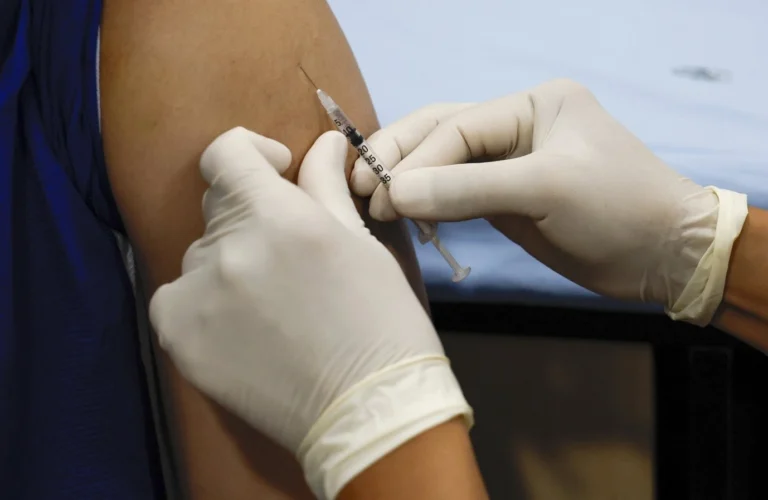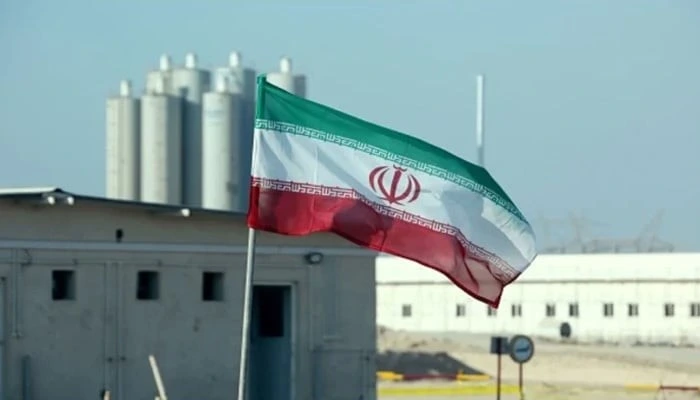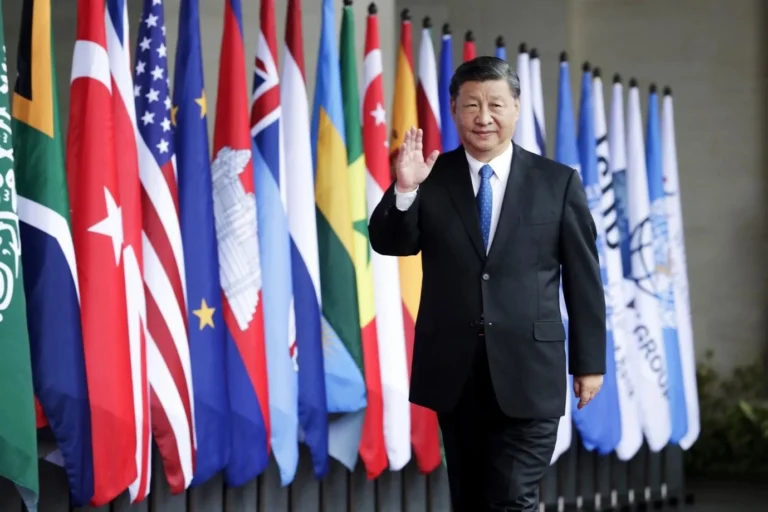Pakistan, Vietnam Ready for $1B Trade Talks

Pakistan, Vietnam Ready for $1B Trade Talks
Pakistan and Vietnam are lining up to take a big step in their economic relationship. Vietnam’s ambassador recently said that his country is ready to begin talks on a Preferential Trade Agreement (PTA) with Pakistan in 2025.
This might sound like just another trade negotiation, but the timing is interesting because the two way trade has already reached $850 million in 2024. It is projected to cross the billion dollar mark next year.
For context, that is not huge compared to Pakistan’s bigger trading partners, but the growth trend is steady. And if you ask business leaders here, they see plenty of room to multiply this figure. For instance, the Lahore Chamber of Commerce and Industry (LCCI) has even gone as far as saying the two sides should aim for $5 billion in trade, which is ambitious, but gives a sense of optimism floating around.

Why a PTA Matters in Pak Vietnam Trade?
A PTA basically lowers tariffs and makes it easier for businesses on both sides to trade selected goods. For Pakistan, it is also about access to Vietnam’s connections in ASEAN. Getting a foot in that door could help Pakistani exporters reach not just Vietnam’s 100 million strong market, but the wider Southeast Asian region too.
Vietnam, for its part, sees Pakistan as a growing market for its electronics, machinery, and consumer goods, while also looking for new trade partners beyond its usual circles. So, both sides will get something out of it.
What is Being Traded Now?
Right now, Pakistan sells Vietnam things like rice, textiles, and leather. Vietnam sends back electronics, chemicals, and machinery. It is a fairly narrow mix, which is why there is a lot of talk about diversifying exports. That is the buzzword. Thus, people point to IT services, processed foods, tourism, and even engineering goods as areas where trade could expand.

The Push from Business Circles
Moreover, at the LCCI meeting, the pitch was straightforward that drop unnecessary barriers, give exporters easier market access, and encouraged private sector tie ups. It is not just about selling goods anymore. But joint ventures in manufacturing, food processing, and IT are being talked about as well. Pakistan’s software industry, for example, is already making waves internationally. So, pairing that with Vietnam’s growing digital economy could be a smart move.
Areas With Real Potential
Agriculture is one such area. Pakistan has the raw products and Vietnam has expertise in value-added processing. Besides, tourism is another area. Hence, if direct flights or joint promotions come into play, the numbers could rise quickly. And of course, IT is where both countries can leapfrog into something bigger.
There is also a bigger picture here. Pakistan has long talked about a “Look East” policy, which is essentially about building stronger links with East and Southeast Asia. Vietnam, meanwhile, is trying to broaden its export destinations. So, this relationship ticks strategic boxes for both.

Not Without Hurdles
Of course, optimism aside, there are some roadblocks. Shipping links are not great, customs procedures can be messy, and nontariff barriers like product standards and certifications can slow down things. Besides, there is the challenge of keeping the trade balance fair, so one side does not feel shortchanged.
If the PTA talks get underway in 2025 and both governments keep momentum, the $1 billion target for next year is just the start.
Now whether the $5 billion mark is realistic or not. It depends on how fast these issues are resolved, and how seriously both sides push new areas of cooperation. But the fact that the conversation is happening at this scale is already a good sign.
In short, Pakistan and Vietnam are moving closer together at a time when both are looking for new markets and fresh opportunities. Thus, if they can turn these negotiations into concrete agreements, the benefits could go well beyond just trade numbers.
The views and opinions expressed in this article are exclusively those of the author and do not reflect the official stance, policies, or perspectives of the Platform.











